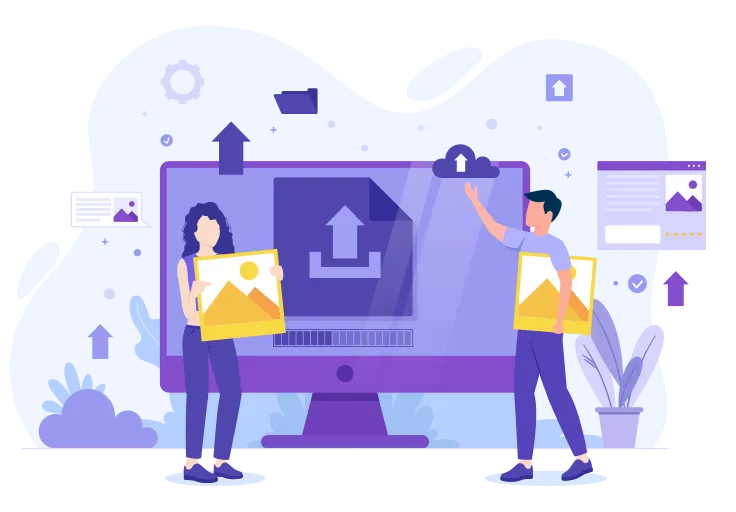
Our AVIF to JPG Conversion Guide
Converting from AVIF to JPG is an essential step for ensuring broader compatibility with various platforms and devices. While AVIF offers superior compression and quality advantages, JPG remains the universal standard for image sharing across the internet. This conversion process allows you to leverage the strengths of both formats—using AVIF for storage efficiency and JPG for wide-ranging compatibility. Our comprehensive guide explores the conversion process, key differences between these formats, and when choosing JPG over AVIF makes the most practical sense for your specific needs.
What Do AVIF and JPG Formats Mean?
AVIF Format
AVIF (AV1 Image File Format) is a next-generation image format developed by the Alliance for Open Media. Based on the AV1 video codec, it delivers exceptional compression efficiency while maintaining high image quality. AVIF supports advanced features like HDR, wide color gamut, and transparency. It can achieve file sizes up to 50% smaller than JPEG with similar or better visual quality, making it particularly valuable for web optimization and storage efficiency. While AVIF offers significant technical advantages, its adoption is still growing, and compatibility across all platforms remains limited.
JPG Format
JPG (or JPEG - Joint Photographic Experts Group) is the most widely used image format on the internet, offering reasonable compression with good quality for photographic content. It uses lossy compression that selectively reduces image data while trying to preserve visual appearance. JPG is universally supported across all devices, operating systems, applications, and browsers—making it the standard choice for sharing images. While it doesn't support transparency or match the compression efficiency of newer formats, its universal compatibility remains its greatest strength.
images.tr offers a powerful AVIF to JPG converter that helps you maximize compatibility while preserving good image quality.
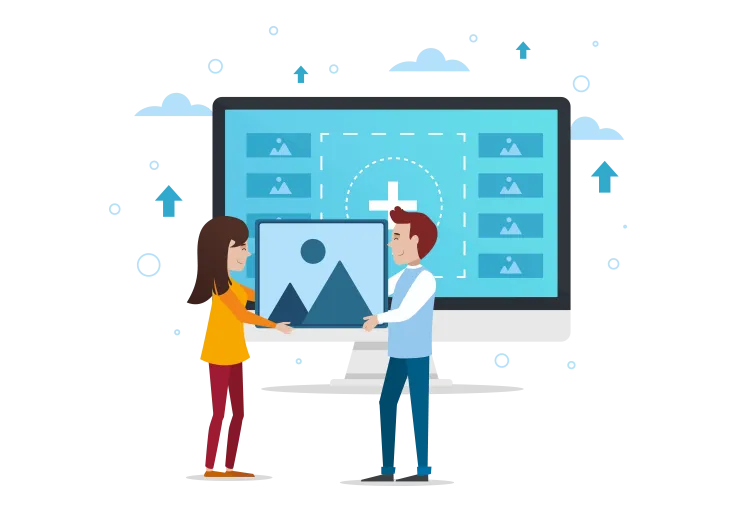
Free, Batch, and Fast AVIF to JPG Conversion with images.tr
Converting from AVIF to JPG requires specialized processing to ensure optimal quality preservation during the format transition. images.tr provides an advanced conversion service that transforms your AVIF images to JPG format with excellent results. Our powerful platform is completely free to use, with no hidden fees, watermarks, or conversion limits.
Advantages of images.tr:
- 100% Free Service: All features are available at no cost, with absolutely no watermarks or premium tiers.
- Quality-Focused Conversion: Our algorithm preserves maximum image quality when converting from AVIF to JPG.
- Optimized File Size: We balance quality preservation with reasonable file sizes to ensure efficient JPGs.
- Batch Processing: Convert multiple AVIF files to JPG simultaneously, saving significant time when processing large collections.
How to Convert AVIF to JPG with images.tr?
- Upload your AVIF files using our simple drag-and-drop interface or file selector.
- Select JPG as your target format from the available options.
- Start the conversion process with a single click on the "Convert" button.
- Download your newly converted JPG files individually or as a batch in a ZIP archive.
Batch Image Processing: Perfect for Content Creators and Web Developers
The batch processing capability of images.tr is particularly valuable for content creators, web developers, and digital marketers working with large image collections. Convert entire libraries of AVIF images to JPG format in one simple operation, ensuring maximum compatibility for all your visual content across different platforms and user devices.
Advanced Conversion Algorithm:
Our conversion engine is optimized to produce JPG files that balance quality preservation and file size efficiency. Whether you're preparing images for a website, sharing on social media, or distributing to clients who might not support AVIF, our AVIF to JPG converter consistently delivers high-quality results that maximize compatibility while maintaining good visual quality.

Everything is very easy with images.tr!
Converting from AVIF to JPG is remarkably straightforward with our user-friendly platform. No technical expertise or specialized software is required - our intuitive interface guides you through the process seamlessly. images.tr is designed to accommodate both casual users and professionals with its powerful yet simple conversion workflow.
By converting from AVIF to JPG, you're prioritizing universal compatibility. AVIF to JPG conversion ensures your images will be viewable on virtually any device or platform, from older browsers to social media sites that may not yet support AVIF. The process is quick and convenient, allowing you to focus on sharing your content rather than worrying about format compatibility issues.
What Are the Differences Between AVIF and JPG?
Understanding the key differences between AVIF and JPG formats helps you make informed decisions about when to convert between them:
Technical Differences:
- Compression Efficiency: AVIF offers superior compression, typically 30-50% smaller than JPG at similar quality levels.
- Image Quality: AVIF provides better quality preservation at low bitrates, with fewer compression artifacts.
- Feature Support: AVIF supports HDR, wide color gamut, and transparency, while JPG does not.
- Compatibility: JPG has universal support across all platforms, while AVIF support is still growing.
- Color Depth: AVIF supports 10-bit and 12-bit color depth, while JPG is typically limited to 8-bit.
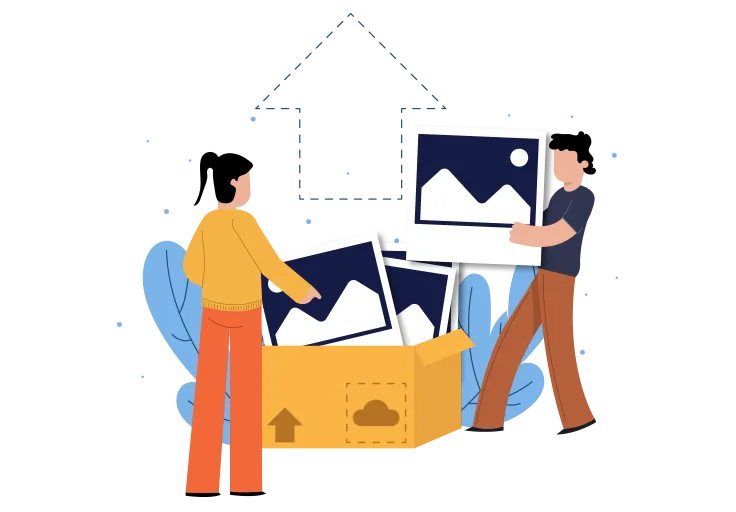

Why Should You Convert from AVIF to JPG?
There are several compelling reasons to convert your AVIF images to JPG format:
- Universal Compatibility: JPG is supported by virtually all devices, operating systems, applications, and browsers—ensuring your images can be viewed anywhere.
- Social Media Sharing: Most social media platforms fully support JPG, while AVIF support may be limited or nonexistent.
- Legacy System Support: For sharing with users on older devices or systems that don't support AVIF.
- Email Attachments: JPG is universally accepted in email clients, making it ideal for sharing images via email.
- Print Services: Most professional and consumer printing services accept JPG, while AVIF support is rare.
- Software Compatibility: Some image editing software and applications may not yet support AVIF natively.
Common Usage Areas of AVIF and JPG
- AVIF: Modern websites focused on performance, progressive web apps, internal systems with controlled environments, archiving high-quality images with minimal storage.
- JPG: Content intended for broad distribution, social media sharing, email attachments, printing, legacy systems, and any situation where universal compatibility is more important than file size.
Things to Consider When Converting from AVIF to JPG
- Quality Settings: JPG is a lossy format, so choose appropriate quality settings to balance file size with visual quality.
- Color Profiles: When converting, consider whether to use sRGB or other color profiles depending on your intended use.
- Transparency Loss: If your AVIF images contain transparency, this will be lost in JPG conversion (replaced with a background color).
- Metadata Preservation: Consider whether important metadata needs to be preserved during the conversion process.
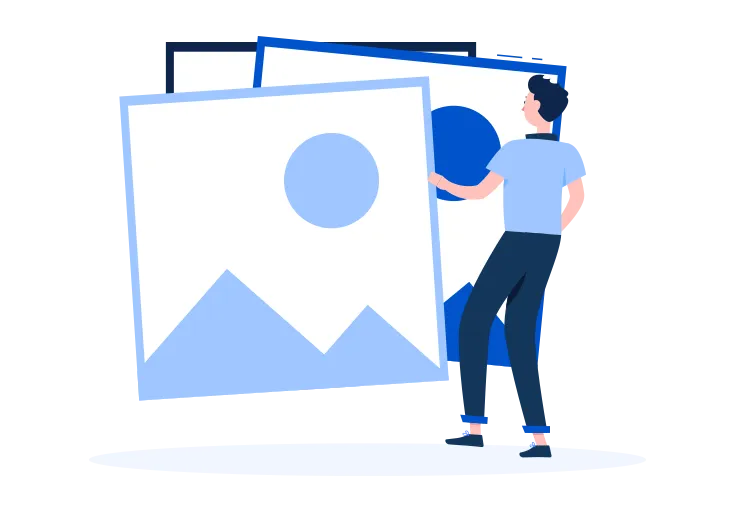
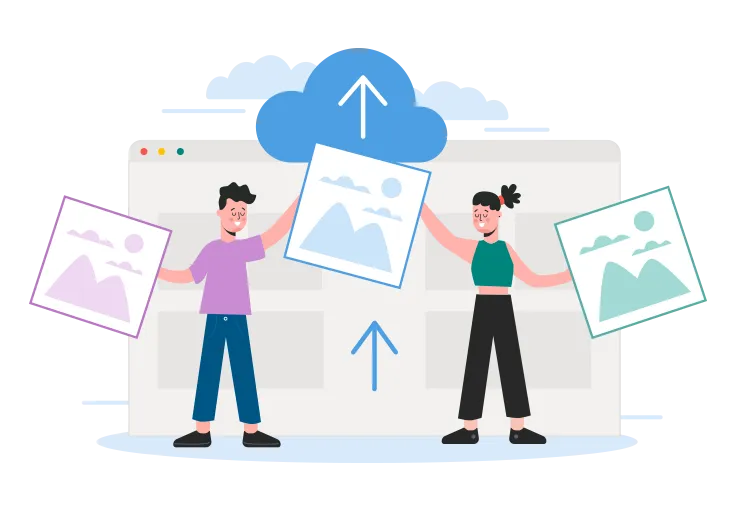
Working with JPG Images After Conversion
After converting your AVIF files to JPG format, consider these best practices for working with JPG files:
- Use appropriate compression levels based on your specific use case—higher quality for professional work, moderate compression for web use.
- Consider resizing images to dimensions appropriate for their intended use to further optimize file size.
- For web use, implement responsive images using srcset attributes to serve different image sizes based on device requirements.
- If the original AVIF had superior quality and you anticipate needing that quality later, consider keeping the AVIF originals alongside the JPG versions.
- For professional work, save master copies in lossless formats (like TIFF or PNG) before creating JPG derivatives for distribution.
The JPG format is particularly valuable for:
- Content that needs to reach the widest possible audience
- Social media sharing and digital marketing
- Email newsletters and communications
- Print materials and photo services
- Legacy systems and applications
Balancing Compatibility and Quality with AVIF to JPG Conversion
Converting from AVIF to JPG represents a strategic choice to prioritize compatibility over maximum compression efficiency. While AVIF offers technical superiority in terms of compression and quality, JPG provides the universal accessibility that's often essential for practical use cases.
When JPG is the Right Choice:
- Public Content Distribution: When your images need to be viewed by the widest possible audience.
- Cross-Platform Sharing: When images will be used across various platforms, devices, and applications.
- Client Deliverables: When providing images to clients who may not have AVIF-compatible software.
- Print Preparation: When images will be sent to printing services.
- Email Marketing: When images will be embedded in email campaigns.

Maximize Compatibility with AVIF to JPG
Converting your AVIF images to JPG format with images.tr allows you to maximize compatibility while still maintaining good image quality. By adopting JPG for your distribution needs, you ensure that your visual content can be accessed and viewed on virtually any device or platform. The transition from AVIF to JPG represents a practical choice for content creators who need to prioritize universal accessibility over maximum compression efficiency.
Whether you're a web developer preparing content for maximum reach, a marketer creating campaigns across multiple platforms, or simply someone who needs to share images with people using a variety of devices, AVIF to JPG conversion offers reliable compatibility. With images.tr's powerful yet simple conversion tools, you can transform your entire image collection with confidence, ensuring your visual content is accessible to everyone.
Frequently asked questions about AVIF
What is AVIF?
AVIF is a modern image format that offers high-quality images with smaller file sizes. It supports both lossy and lossless compression.
What are the advantages of AVIF format?
AVIF provides better compression ratios and higher image quality, making it ideal for websites.
Which formats can I convert AVIF files to?
You can convert AVIF files to formats like JPG, PNG, WEBP, and HEIC.
What browsers support AVIF?
Chrome, Firefox, and many Chromium-based browsers support AVIF. Some browsers may require updates or additional plugins for compatibility.
What is the compression ratio of AVIF format?
AVIF can achieve 30-50% better compression compared to JPEG and 20-30% better than WEBP for similar image quality.
How does AVIF affect website performance?
AVIF improves website performance by reducing load times with smaller file sizes while maintaining high quality, resulting in better user experience.
Does AVIF support transparency?
Yes, AVIF supports alpha channel transparency, similar to PNG but with more efficient compression.
How is AVIF different from WEBP?
AVIF generally offers better compression and quality than WEBP, but WEBP currently has better browser support. AVIF is newer and still gaining widespread adoption.
Can I convert JPG to AVIF?
Yes, you can convert JPG to AVIF using various online tools or software, resulting in smaller file sizes with similar quality.
What are the limitations of AVIF?
Limited browser support is the main limitation of AVIF. Additionally, encoding AVIF images can be more processor-intensive than other formats.
Is AVIF supported on mobile devices?
AVIF is supported on newer mobile devices, especially those with Chrome or Android browsers, but support varies by device and operating system.
How can I optimize AVIF files?
You can optimize AVIF files by adjusting compression settings, choosing appropriate quality levels, and using specialized optimization tools.
Frequently asked questions about JPG
What is JPG compression?
JPG compression is a process that reduces file size while preserving image quality. This provides faster loading times and storage savings.
Which formats can I convert JPG files to?
You can convert JPG files to formats like PNG, WEBP, AVIF, and HEIC. Each format has its own unique advantages.
How is the quality of JPG files affected?
Since JPG compression is a lossy format, image quality may decrease as compression ratio increases. Lower compression provides better quality.
Why is resizing a JPG file important?
Image resizing improves web page loading speed and enhances user experience. It also allows for sharing in appropriate sizes on social media.
Why are JPG files more common?
The JPG format is popular among photographers and web designers due to its high compression ratio and good quality balance.
Does JPG compression cause data loss?
Yes, JPG compression is lossy; this means you lose some image data as you reduce file size.
What are the advantages of converting JPG to PNG?
PNG format provides lossless compression and supports transparency. This is ideal especially for graphic and logo designs.
How can I convert a JPG file to HEIC format?
You can use online converter tools or software to convert your JPG file to HEIC format. HEIC provides better compression.
What are the benefits of switching from JPG to WEBP?
WEBP offers better compression ratios and generally provides smaller file sizes with faster loading times compared to JPG.
How can I optimize JPG files?
You can optimize JPG files by using appropriate compression settings, removing unnecessary metadata, and applying proper resizing to reduce file size.
What are the differences between JPG and other formats?
JPG offers lossy compression, PNG is lossless, WEBP provides better compression and transparency, AVIF offers high quality with low file size, and HEIC is a modern format providing more efficient storage on mobile devices.
What is the impact of JPG files on SEO?
Optimized JPG files improve web page loading speed, which positively affects SEO.
How can I improve the visibility of JPG format images in search engine results?
You can make your JPG images more visible by using image alt tags correctly, setting descriptive file names, and applying proper resizing.
Published on .